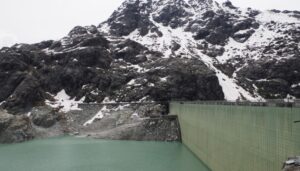Abstract/Description
As glacier melting continues unabated at all latitudes, the loss of glaciers in the tropics provides an early glimpse of how a world without ice might be. Here we present an UNESCO-IRD co-edited book that gives voice to 35 diverse individuals whose lives are tied to tropical glaciers, relating their feelings, perceptions and experiences, as well as how they are adapting to a transforming reality. These testimonies, ranging from local Indigenous voices, tourists, rangers, scientists, alpinists, artists and more, with perspectives from disciplines from anthropology to glaciology to sustainability science, provide a unique window on the felt effects of glacier loss. The images showing the loss of ice of glaciers in Africa, Latin America and Southeast Asia over the last 175 years tell their own powerful and incontrovertible story. By 2050, nearly half of the tropical glaciers in this book, including five UNESCO World Heritage Sites, four Biosphere Reserves and one Global Geopark, will be gone, and the majority will have lost around 90% of the surface area they covered during the Little Ice Age (circa 16th–19th centuries). This is a stark illustration of the impacts of climate change already occurring in some of the planet’s most vulnerable regions, and a bellwether of the future of glaciers and the people that depend on them elsewhere if we fail to mitigate it.


